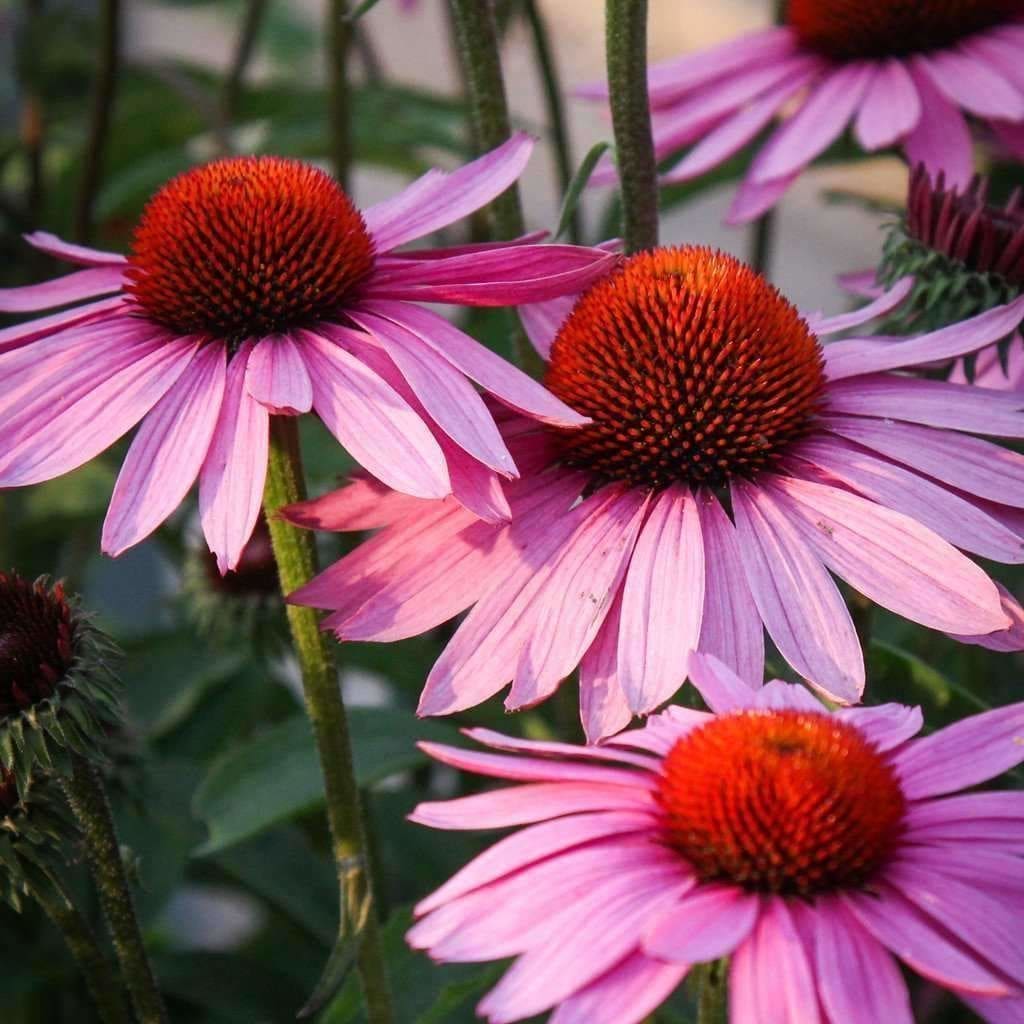

One of the easiest to grow and readily available perennials is the purple coneflower plant. The flowers attract butterflies and birds and make excellent cut flowers for floral arrangements.īecause of their beauty and growth habit, purple coneflowers are often planted in groups for entranceways, perennial beds, naturalized prairie, or woodlands. These plants are upright and coarse-textured, which blends well with fine-textured perennials in a mixed border. Highly-valued as ornamentals, purple coneflowers radiate beautiful blooms that give colors to home gardens and commercial landscapes. The flowers are used to make tea for boosting the immune system. It has immunostimulatory, anti-inflammatory, and therapeutic effects (2). Up to this day, the purple coneflowers are used as an herbal remedy against several health conditions and discomfort. They are also used for treatment for various ailments, such as toothache, coughs, snakebite, colds, and sore throat (1). Purple coneflowers are popular as a painkiller. The indigenous people and tribes of the Great Plains are one of the known groups that recognize the medicinal values of the Echinacea plants. Other common names of purple coneflowers are eastern purple coneflower, Kansas snakeroot, hedgehog coneflower, echinacea, snakeroot, Indian head, scurvy root, and narrow-leaved purple coneflower.

The species name purpurea, on the other hand, means purple, referring to the plant’s purple flowers. The genus name Echinacea comes from the Greek word “ echinos” which translates to a hedgehog or sea urchin – a reference to the flowerhead’s resemblance to a hedgehog. Purple coneflowers or Echinacea purpurea is part of the Asteraceae family and Echinacea genus. Purple Coneflowers Facts Plant Name and Origin Echinacea purpurea ‘Superbrook’s Crimson Star’.


 0 kommentar(er)
0 kommentar(er)
